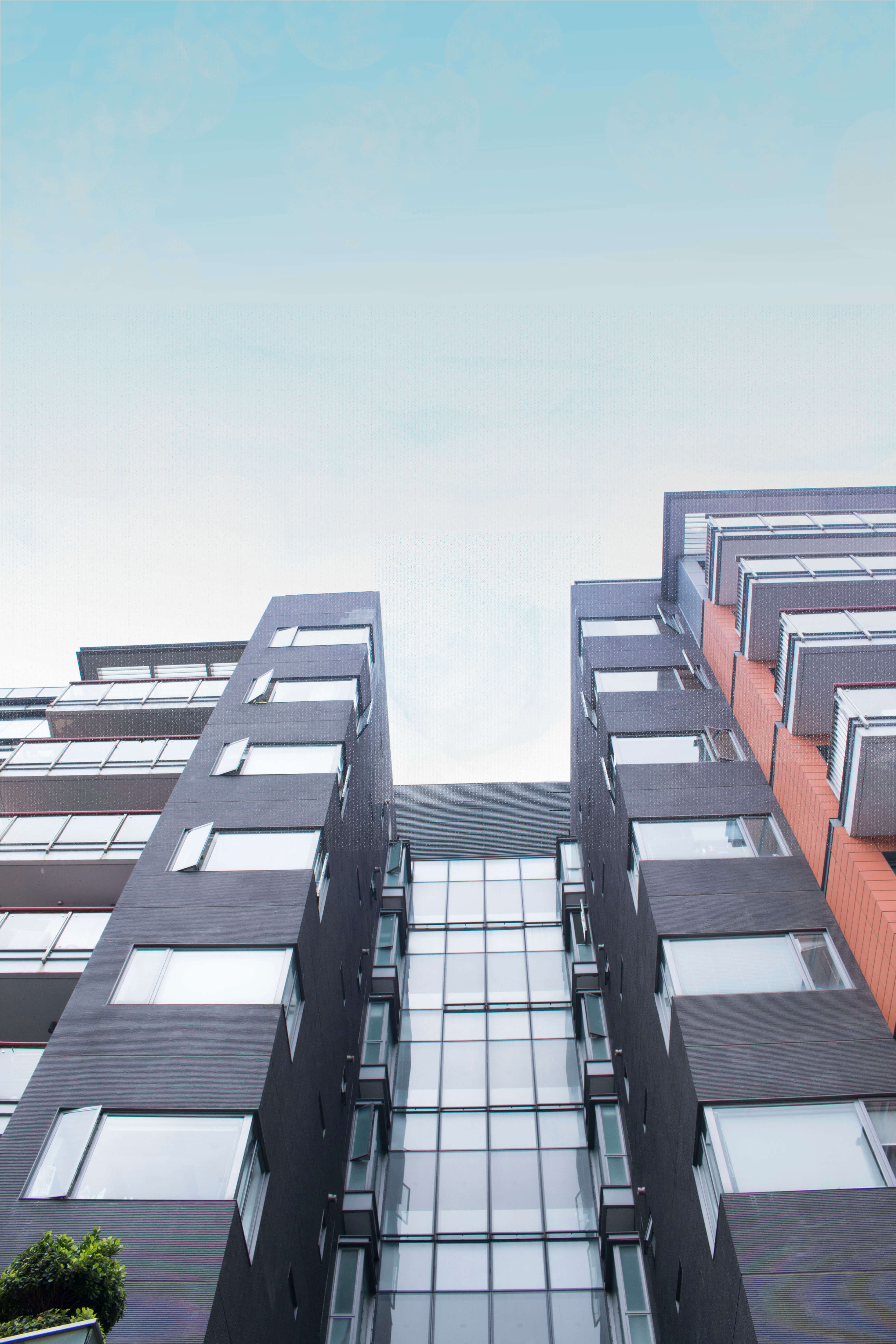
Tax consultant, Erica Ip Ka-yee, struggles to find space to work at home. She lives with her parents.
"They [her parents] cannot let go of things easily so they keep everything and I understand them," said Ms. Ip, "This situation is unavoidable when living spaces are generally compact within the city."
But Ms. Ip is a minimalist. She said her friends often approached her, asking about how to achieve a visually aesthetically-coherent and clean style, similar to images they see on Instagram and Pinterest.
She started blogging about the idea in 2017.
"To master minimalism, you have to come to terms with your own life in order to see real virtual changes in your living environment," said Ms. Ip.
She explained that reflection is important in order to live a minimal life. But she believed few in Hong Kong truly give up their material desires when even their basic needs, such as proper shelter, cannot be guaranteed.
Minimalism first emerged in the 1960s as an artistic and abstract ideology in New York, in which artworks were mainly composed of simple shapes, such as triangles and squares, according to information from Tate Modern, an art gallery in London.
Today, minimalism has become a social trend that is more than just an artistic concept.
Polish designer and college lecturer, Szymon Hanczar has been making the headlines since July 2015 when his idea on a 140 square feet "micro-apartment" appeared in Dezeen, an online international design magazine.
"Extremely small flats are great for people who are minimalists, who want to enjoy city life," Mr. Hanczar said.
According to Dezeen, Mr. Hanczar's apartment focused mainly on "comfort and functionality" by including merely the "essentials". For example, he hooked his bike, which had been an "integral element of life" for him in Wroclaw, over the wall to free up space.
In terms of design, he used white walls and light wood flooring to "visually expand the space" through bright colours.
Chen Yu-chang, founder and creative director of Hoo-residence, who specialises in local home design, said the demand for simplistic and neat interior home layout has always been around in Hong Kong. Minimalism is nothing new, but he feels the pressure whenever clients approached him for a "minimalistic transformation" on their home.
"I find it ridiculous that people would ask me to intentionally add a 'line' to achieve clearly- structured visuals on the interior layout of their homes," said Mr. Chen.
From a designer's perspective, minimalism means "bareness to the exact".
"Take your living room as an example, there should be no TV, sofa, probably just a chair and a simple coffee table, given that you really need one," said Mr. Chen.
He explained that minimalism is "a fundamental take" because it needs people to transform their usual lifestyle by generally "including less in life."
Vicky Chan, founder of Avoid Obvious Architects, a company which focuses on providing sustainable civic and residential urban planning ideas in various cities, explained that minimalist homes in Western culture usually strip away all the unnecessary items, keeping "everything down to the bare minimum".
However, he doesn't think it is possible to apply minimalism in Hong Kong because it is difficult to strike a balance between space and function.
"Flats in Hong Kong are very small to be fully minimalist in comparison with western homes," said Mr. Chan.
According to government figures, at the end of the first quarter in 2017 , the average living space per person in Hong Kong was 13.2 square metres, that is approximately 140 square feet.
In early June, the government's Task Force on Land Supply pointed out in its Public Engagement booklet that the average living floor area per person in Hong Kong is lower than that of other cities in Asia, such as Tokyo and Singapore. It has suggested the government work on improving "liveability" of local flats.

A research by the City University of Hong Kong, published in January 2018, said "the city's need for a better quality of life has meant that public and private housing now focuses on architecture and layout to achieve a convenient and pleasant living environment."
An inequality report published by Oxfam Hong Kong in January 2018, said that government figures show that the rate of increase in rent and the cost of small flats are such that "the income growth of average households would never be able to catch up with the increase in housing assets no matter how hard they work."
"You need to understand the concept and figure a way of minimal living that best suits you; people now are too literal on its [minimalism] meaning and over emphasize getting rid of everything," Ms. Ip adds.
"In Hong Kong, we can only be simpler, but never minimal," said Mr. Chen.
《The Young Reporter》
The Young Reporter (TYR) started as a newspaper in 1969. Today, it is published across multiple media platforms and updated constantly to bring the latest news and analyses to its readers.

"Dying" before death in the millennium: An increasing number of millennials take part in public engagement on death education

The Haunting Boars: Government measures on local wild boars control remain ineffective despite use of contraceptive vaccines




Comments